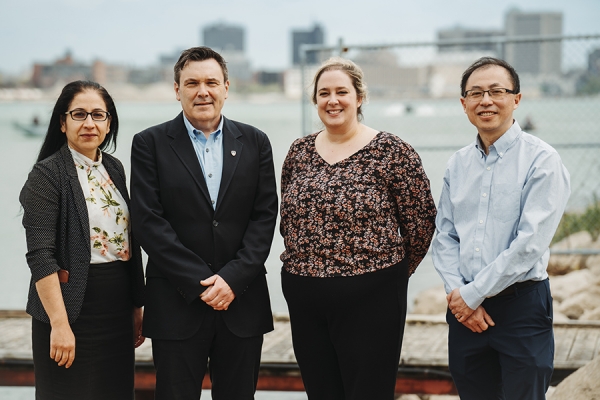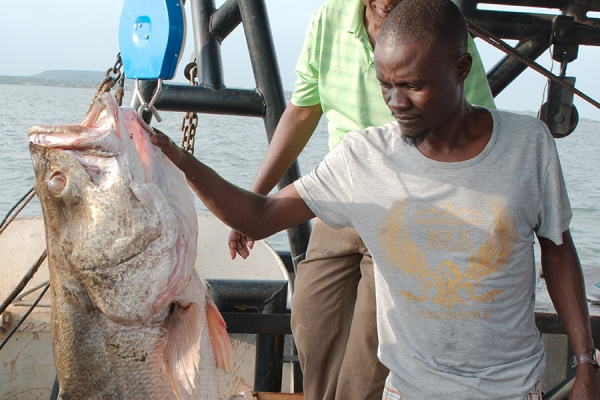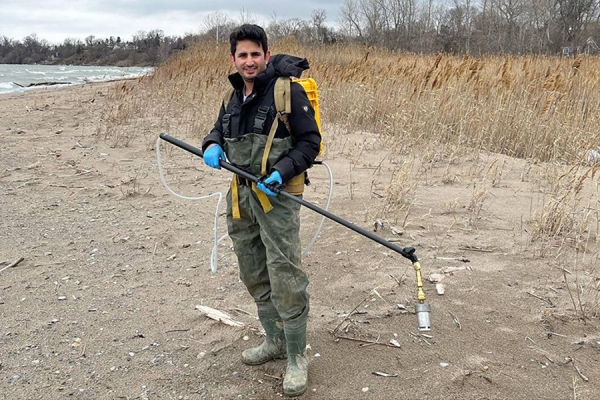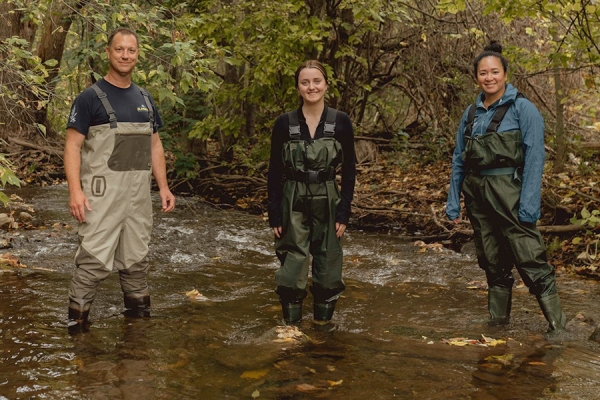 Researchers head out on a boat to explore ecosystems along the Detroit River.
Researchers head out on a boat to explore ecosystems along the Detroit River.
Sep 20th, 2024
A federal investment of $76 million to support 50 partner-led projects to clean the Great Lakes will empower local groups, including UWindsor researchers.









